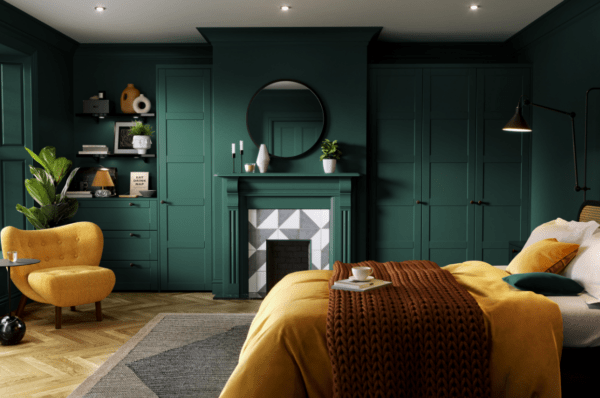
Why it Matters That Emma Stone is Talking About Her Anxiety and Battle With Panic Attacks
Earlier this week, Emma Stone joined Stephen Colbert on The Late Show and opened up about having attended therapy as a child to combat her lifelong anxiety.

“I was a very, very, very anxious child and I had a lot of panic attacks,” she said, adding that she’d entered treatment at the age of 7. “I benefitted in a big way from therapy.”
She also brought along a drawing she created at the age of 9 that detailed how she perceived the anxiety she suffered at that time in her life.

“This is me, I guess. It’s really great artistry with my shoes and then this is anxiety here,” she joked of her drawing. “It’s a little green monster that looks a little bit — as someone backstage said — a uterus with some ovaries. But I didn’t mean for it to be hormonally related in any way. Like I said, I was 9.”
Stone admitted that although she no longer has panic attacks, she does still suffer from anxiety.
This is not the first time Stone has been vocal about her experiences. Earlier this year, she teamed up with the non-profit organization Child Mind Institute as a spokesperson in one of their video campaigns and in her 2012 feature in Vogue, she spoke candidly about the ways in which it crippled her mentally. “I didn’t want to go to my friends’ houses or hang out with anybody, and nobody really understood,” she said.
Stone joins a growing list of high-profile women— Jennifer Lawrence, Taylor Swift, and Oprah, to name a few—who have spoken out about the challenges of anxiety and the benefits of therapy. Their voices, as well as countless others, are helping to destigmatize the realities of mental illness and demystify the possibilities of overcoming them.
Creating the space to talk openly and freely about these realities could have an impact on workplace culture, which is often linked to panic attacks and anxiety, and where open dialogue about mental health isn’t always encouraged.
Stone’s candor may seem like a small thing, but when people use their platform to speak up about anxiety disorder, it’s another step toward normalizing the kind of condition 40 million adult Americans live with every day. It’s also a reminder to those of us who suffer in silence, we’re not alone.















































